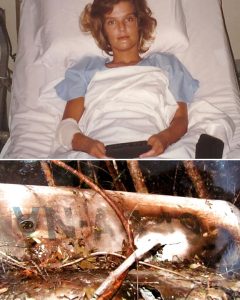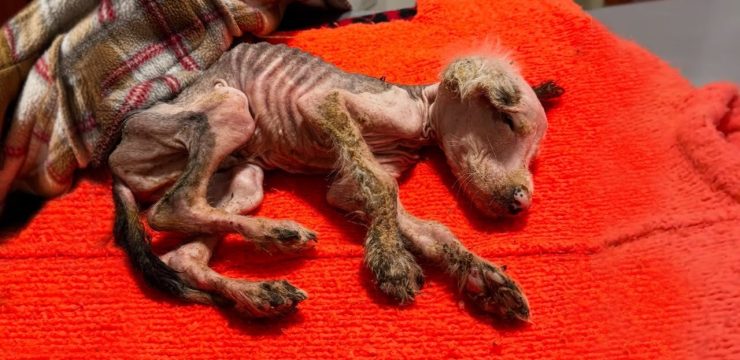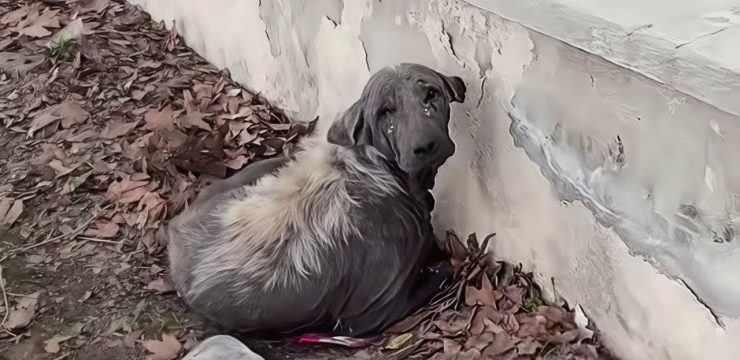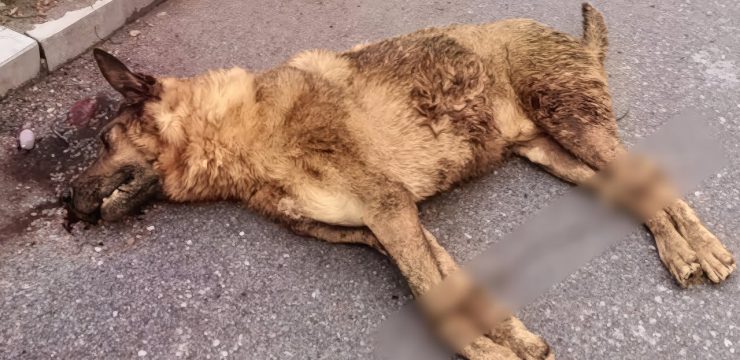In 1992, Annette Herfkens was living a life many only dream of. She was a successful Wall Street trader, thriving in her fast-paced career, deeply in love, and enjoying the rewards of years of hard work. Everything seemed to be going her way—until a single flight changed the course of her life forever.

That year, Annette and her longtime partner, Willem van der Pas—whom she affectionately called “Pasje”—planned a romantic getaway to reconnect. After six long months working in different countries, the couple, together for 13 years, finally carved out time to reunite. Willem, the head of the Vietnam branch of a major Dutch bank, suggested they travel to Nha Trang, a serene coastal city in Vietnam, following a stop in bustling Ho Chi Minh City. It was meant to be a well-deserved break—a time to relax, recharge, and simply enjoy being together.
But what began as a beautiful escape quickly turned into a nightmare. On November 14, 1992, the couple boarded Vietnam Airlines Flight 474 along with 23 other passengers. The aircraft, a Soviet-era Yakovlev Yak-40, didn’t inspire much confidence. A lifelong claustrophobe, Annette was uneasy from the moment she stepped onboard. Willem tried to calm her by telling her the flight would only last 20 minutes.
But as the minutes stretched to 40, her anxiety worsened. Then came the turbulence. “Pasje looked at me with fear,” she later recalled. Trying to stay calm, she told him, “It’s just an air pocket — don’t worry.” But it wasn’t. Suddenly, the plane dropped, someone screamed, and then everything went black.
When Annette woke up, she was in the middle of the Vietnamese jungle. The wreckage of the plane surrounded her. A body was draped across hers. And nearby, Willem—still strapped in his seat—was smiling, motionless. He was gone.
In that instant, fight or flight kicked in. Annette chose flight. Though her memories of escaping the wreckage are fuzzy, she believes she crawled out of the plane, dragged herself another 30 yards, and collapsed. Her injuries were severe—her hip was shattered, one leg broken, her jawbone pierced through her skin, and one lung collapsed. But she was alive.
And she wasn’t alone. At first, other survivors could be heard. She remembers the groans, the cries. One Vietnamese businessman even gave her clothes after her skirt was torn. But over the hours and days that followed, those voices went silent—one by one. In the end, Annette was the only one left alive.
To survive, she relied on yoga breathing techniques to cope with her collapsed lung, using what she later described as “mindfulness before we all knew the word.” She collected rainwater using insulation from the plane’s wreckage, sipping a small amount every two hours. The process tore the skin from her elbows so badly that she later required skin grafts. “And then,” she said, “I congratulated myself. And that also makes you survive.”
While her loved ones back home believed she was gone—her obituary had even run in the newspaper—one person refused to give up. Jaime Lupa, her colleague and close friend, traveled to Vietnam and promised her father, “I will bring your daughter back alive.” Her father, overcome with grief, called him an idiot. But Jaime pressed on.
On the eighth day after the crash, when Annette felt her body beginning to shut down, help arrived. A Vietnamese police officer and his team appeared with body bags in hand, not expecting to find any survivors. But there she was—barely clinging to life.
She was carried down the mountain on a makeshift stretcher, flown back to the Netherlands, and began her physical recovery. She attended Willem’s funeral in a wheelchair that December. By New Year’s, she was walking. By February 1993, she was back at her desk, trading again. But the emotional wounds took far longer to heal.
Eventually, she married the man who had kept his promise—Jaime Lupa. They had two children, Joosje and Max. Though the marriage didn’t last, she continued building a life rooted in resilience. And even though she had lost the love of her life in that jungle, she found peace in it. “If you accept what’s not there, then you see what is there,” she explained. “I accepted that I was not with my fiancé on the beach… and then I saw what was there—this beautiful jungle.”
That insight became the foundation for her book, Turbulence: A True Story of Survival. She became a motivational speaker, sharing the lessons she had learned through tragedy and endurance. Annette believes her survival wasn’t just luck—it was instinct. As the youngest child in a free-spirited household, she had to figure things out on her own, developing the adaptability and emotional intuition that would one day help her stay alive in the jungle.
She also believes that what some might call a weakness—undiagnosed ADHD—actually helped her survive. “If I’d had Ritalin as a kid,” she said, “I would never have developed the qualities I had for surviving the jungle.”
When her son Max was diagnosed with autism, she applied the same mindset she had in the jungle: accept what’s missing, and focus on what’s present. She joined support groups, shared experiences with other parents, and helped Max prepare for the real world—even practicing visits to the police station to make sure he would feel safe if ever confronted by law enforcement.
Every year on the anniversary of the crash, Annette marks the occasion. She drinks a glass of water. She buys herself a small gift. “I like treating myself,” she says with a smile. “I’m good at that.”
Though her trauma has never fully disappeared—she avoids sitting behind people on planes, and the scent of Vietnamese food can still trigger flashbacks—she continues to live fully. Even Hollywood producers couldn’t quite grasp her story. They wanted to make it more about her. But to Annette, survival was never about ego. “I really think that why I survived is because I got over myself,” she said. “You get over your little self, then you get your instinct to work, then you achieve stuff.”
To this day, the jungle where she lost everything remains her sanctuary. “It has been my ‘safe place’ ever since,” she said. For Annette Herfkens, survival isn’t something that happened just once. It’s a way of thinking. A way of being. A lesson in finding strength in the face of loss—and beauty in the middle of pain.





